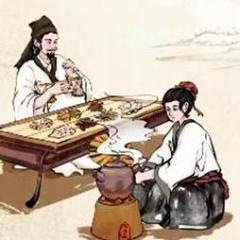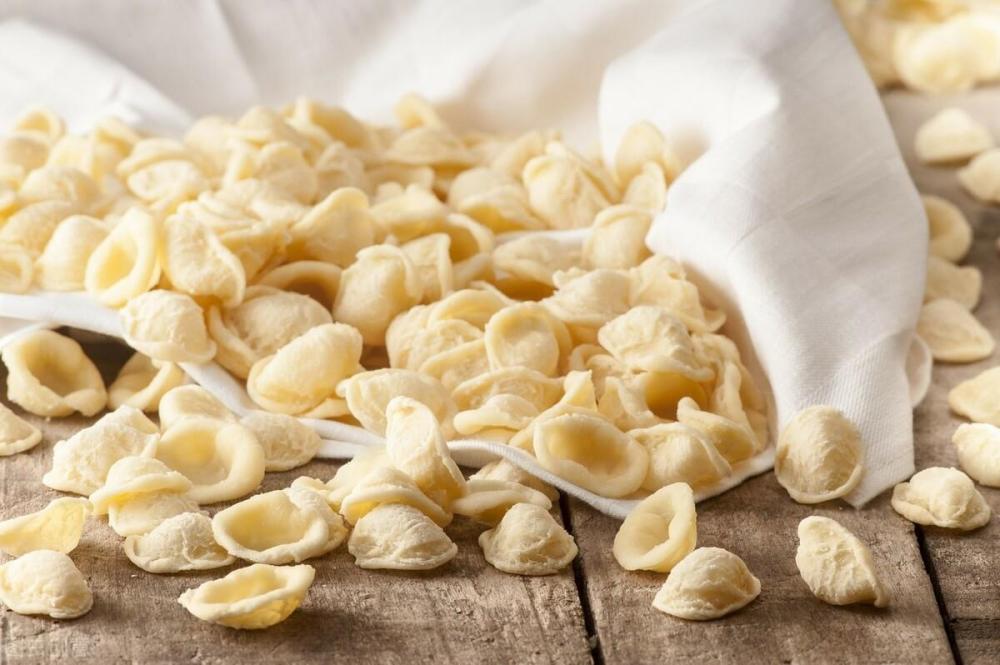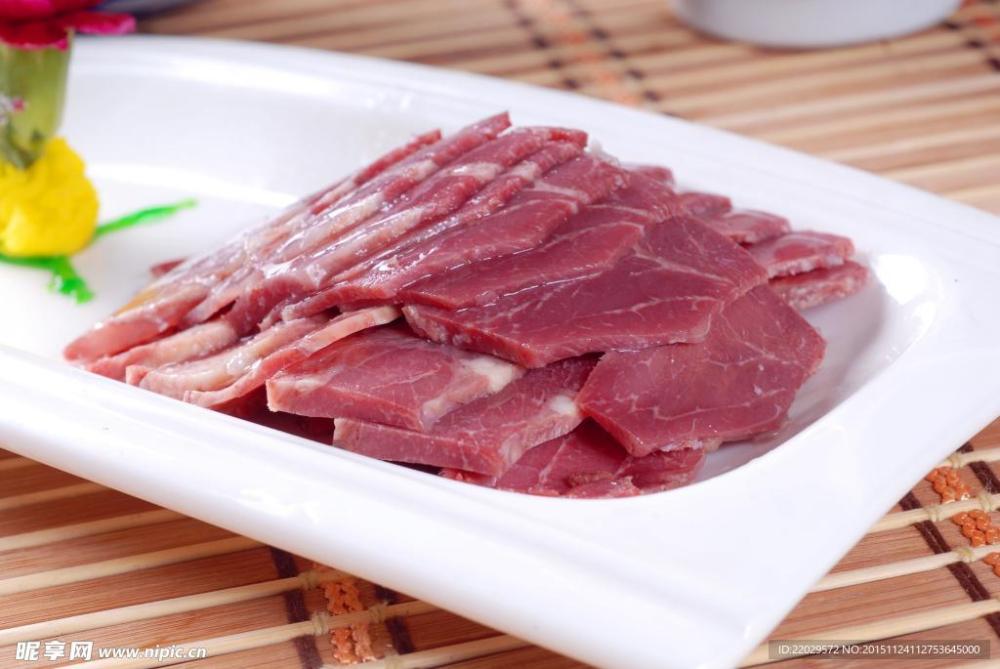山西菜 (shān xī cài), Shanxi Cuisine, 晋菜 (jìn cài) Jin Cuisine
This won’t take long.
Shanxi Province (山西), not to be confused with Shaanxi (陕西)*, its neighbouring province to the west, is in the north of China, also bordering Hebei to the east, Henan to the south and Inner Mongolia to the north. The capital is Taiyuan. The region has a reputation in China for being poor and very conservative. It is China’s largest coal-mining province and also host to satellite launching sites.
This file is licensed under the Creative Commons Attribution-Share Alike 3.0 Unported license.
Unlike most of China, they eat pork much less and little beef (with none exception), Shanxi people tend to favour lamb, mutton or goat much more.
The cuisine is not well known (or much liked) in the rest of China, with only a few exceptions. These are vinegar and noodles. I tend to agree with the rest of China apart from these exceptions and despite my love of sheep and goats, I believe this is the least appealing province in China in which to eat to eat.
So, the exceptions:
山西老陈醋 (shān xī lǎo chén cù), literally Shanxi aged vinegar, is a type of dark vinegar made in the province, as it has been done for over three centuries. It is one of the most popular dark vinegars in China, only outshone by Zhenjiang vinegar from Jiangsu province. This vinegar is inexplicably rendered as 'Chinkiang vinegar' only in North America.
At a minimum, the vinegar is aged for 9 months before being sold, but better quality examples can be up to ten years old. The vinegar can be used as a condiment, but is more commonly used in prepared dishes as an ingredient. It is a protected origin product in China.
Shanxi Aged Vinegar
A couple of foods traditionally ascribed to Shanxi have made their way into neighbouring provinces and beyond – especially its noodles where they have been popularised. 刀削面 (dāo xiāo miàn), or knife shaved noodles are one such example. These are made, as the name suggest by the chef taking a lump of dough and theatrically shaving off small pieces directly into boiling water.
Knife Shaved Noodles - Image: p1.ssl.qhmsg.com
猫耳朵 (māo ěr duo) literally ‘cat’s ears’ are basically a Chinese version of the Italian orecchiette pasta and found everywhere. There are some in my pantry, many, many miles from Shanxi and bought five minutes away from home.
Cat's Ears - Image: n.sinaimg.cn
Then we have 凉皮 (liáng pí), literally ‘cold skin (noodles), reportedly another Shanxi invention, but now probably much more associated with Xi’an, capital of Shaanxi. These are rice noodles made from the starch extracted from the rice by long soaking. It then forms a soft paste which is sliced into noodles.
Liangpi
Despite the general disinterest in beef, Pinyao, an ancient city in central Shanxi has a long tradition of making 平遥牛肉 (píng yáo niú ròu), a type of cooked and pickled calf leg.
Pingyao Beef - Image: pic.nximg.cn
Almost finally, I’m going to get in your head and play with your brain. Two perhaps odd Shanxi dishes.
First up is 傅山头脑 (fù shān tóu nǎo), Fushan brains which, like many people has no brains. It is a winter soup made from lamb, rice wine, yam and other spices. It is named after Fu Shan (1607–1684), a scholar and artist from Taiyuan. Maybe he had the brains.
Fushan Brains - image: static.yueya.ne
Then, if you’ll still short of brains we have 太原头脑 (tài yuán tóu nǎo), literally ‘Taiyhuan brains’ from the capital (pun intended) city. It is still brainless. It’s a kind of porridge with mutton, rice wine, and various vegetables and TCM herbage that do nothing they claim to do.
Taiyuan Brains - Image: soho.co
Finally, the most popular local spirit is 汾酒 (fén jiǔ), Fenjiu, a "light fragrance" variety of sorghum baijiu that is generally sweeter than other northern Chinese spirits. It is the most palatable type of baijiu for most people – but only just. Maybe it’s this that has done for their brains.
Fenjiu
Next, I’ll go to somewhere more interesting.
* I known these province names seem ridiculously similar to most western ears and did to me for a while. I could never remember where I lived when I was in Xi’an. However, they are not in the least confusing to native Chinese speakers’ ears or eyes. Different characters and different tones. The double ‘a’ in Shaanxi is one of the few times pinyin breaks it own rules, but was introduced to placate ignorant foreigners like me.
Otherwise uncredited images are mine.


_svg.thumb.png.23279e9c0a68e756272b32d467d24e90.png)










